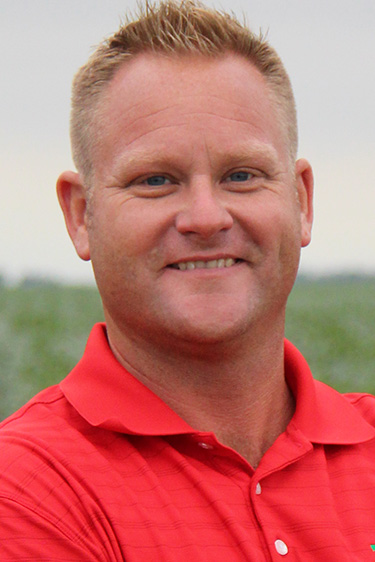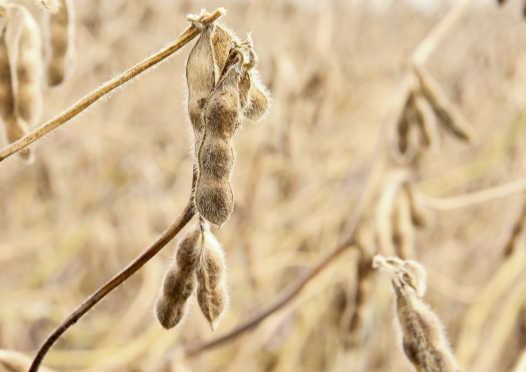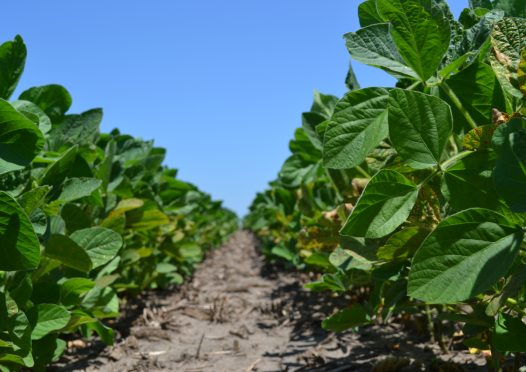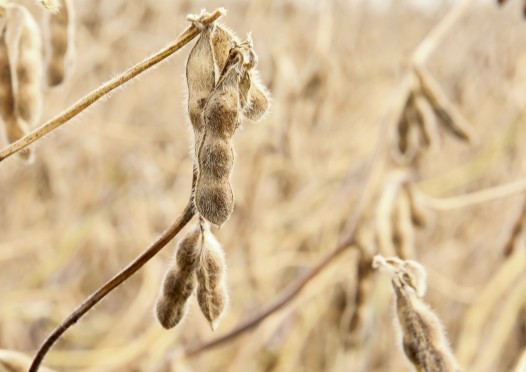ILSOYADVISOR POST
Why I Like Yield Contests
Yield contests are an important way to challenge ourselves to do better and learn along the way.
The 2016 season set record soybean yields in the state with full season soybeans breaking 80- and even 90-bushel field averages. 2017 has clearly given us a completely different growing environment than 2016’s. That’s not a bad thing when it comes to yield contests and adds to the challenge of offsetting what Mother Nature throws our way. Some growers question why entering a yield contest or yield challenge is beneficial. On the outside, it may look like a waste of time, energy or resources but, in reality, there are endless opportunities to learn.
As a cooperator at the retail/agronomist level, I find great enjoyment in getting a call from a grower who is interested in a yield contest or challenge. It shows that the grower is open to trying new things and wants to learn along the way. I always try to be as transparent as I can and remind them that results may vary and that we have no control over the weather. Our goal is to learn and hopefully find something that is applicable to growers’ operations that increases their revenue.
From the grower’s perspective, I think there are three main reasons why they want to enter these challenges. Clearly, winning is always a driver, but the opportunity to forge a confident relationship or grow a relationship with an agronomist or retailer is a contributor as well. The third is clearly to learn about how different products can influence yield or crop responses. The marketplace is flooded with crop protection and enhancement products that claim yield gains and if you’ve never used any of them, it can be overwhelming and intimidating to even know where to start. That’s where that relationship with a retailer or agronomist comes into play by having an industry professional give a recommendation based on experience and environment.
My advice for anyone interested in participating in a contest or the Illinois Soybean Association’s Yield Challenge is a step approach.
Step 1 – Pick your team. This team can include as many people as you like. I recommend an agronomist and a trusted retailer. You can also include your seedsman, company representatives and technical representatives. They can give you recommendations based on their field experiences and help avoid any misapplications or unnecessary applications.
Step 2 – Have a tentative application plan. This doesn’t mean you’re going to directly follow the script as it was written, because we all know the weather can change in an instant! It’s good to have a few applications or products that you know you are going to use. Don’t get caught up in what the neighbor is doing or what last year’s contest winner did. Just because it worked for them, doesn’t necessarily mean it’s going to work for you. We often get one-sided by trying to play “offense” when we should be playing “defense”. A successful plan looks at current and future forecasts and makes applications accordingly.
Step 3 – Scout and sample! The more time you spend in a field the more you will learn. Every field will “speak” to you, but if you’re not there to listen you may miss an opportunity. You will begin to be more aware of how the environment and weather are influencing your crop. Tissue samples provide a great snapshot of what is going on inside the plant from a nutrient standpoint. Corrective measures can be calculated from such samples as well.
Step 4 – Review and make assessments. Always take time to review both your visual and yield results. This is a great opportunity to sit down with your team and get their insight on why things turned out the way they did and what else could have influenced the results. You can also begin making adjustments to the next year’s plans or implement something that will be used on all acres.
Remember that entering a contest, win or lose, is about learning what will work on your farm.





Comments
Add new comment